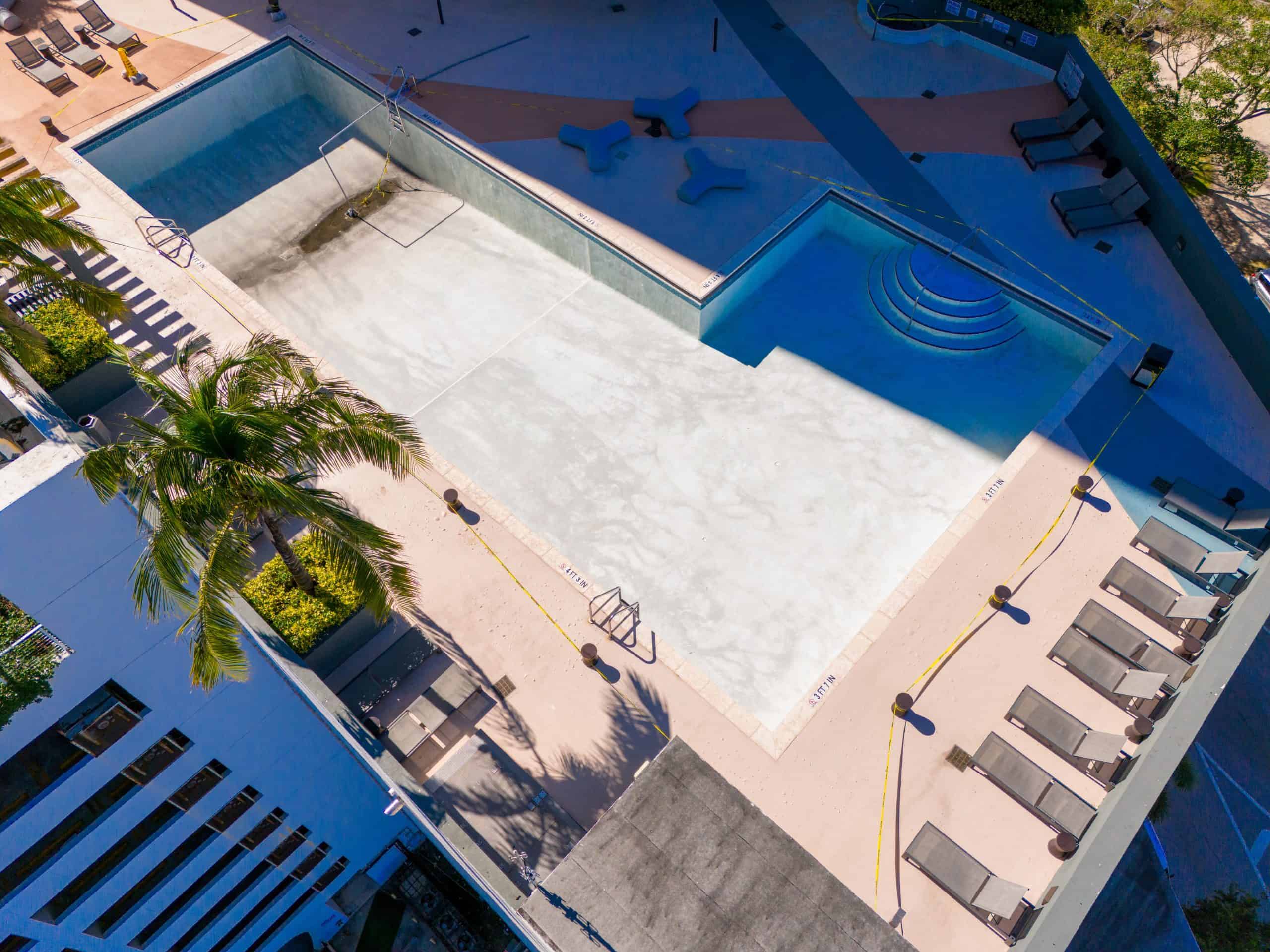First, we completely remove the old surface. No shortcuts or patch jobs that leave problems underneath waiting to resurface later. The existing plaster, pebble, or tile comes off so you start with a clean foundation. Next comes thorough surface preparation and structural assessment. Any cracks get properly addressed, not just covered up. If there are underlying issues with the pool shell, you’ll know about them before the new surface goes on. The new finish gets applied using techniques developed specifically for Florida’s climate. Whether you choose plaster, pebble, or tile, each material requires different application methods to ensure it cures properly and lasts as long as possible in South Florida’s challenging conditions.




